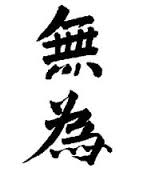In essence it is already perfect.
Trying to get it right is slavery to ideas.
No one will ever 'get it right' because 'getting it right' is a concept, a belief and no concept is ever a stand alone reality .......and no belief is ever real."
Gilbert Schultz



 RSS Feed
RSS Feed
